Fritchley Tunnel
Fritchley Tunnel
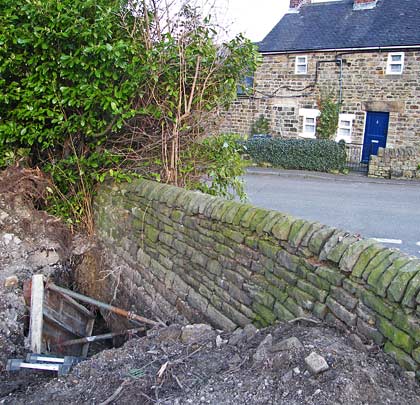
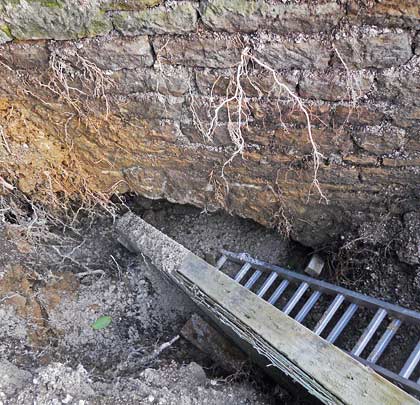
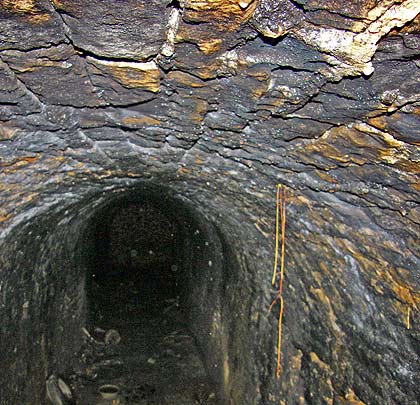
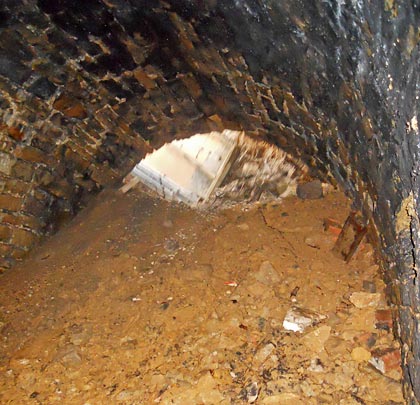
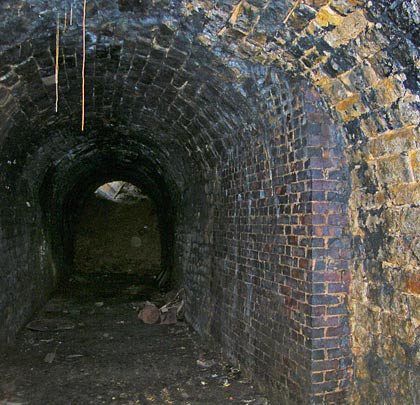
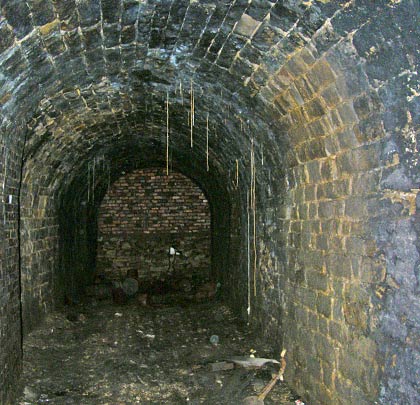






In 1793, a 3 feet 10 inch gauge tramway was laid for the purpose of transporting limestone from the old Hilt’s Quarry at Crich to the newly-constructed Cromford Canal at Bullbridge where limekilns were situated. Responsible for engineering it was Benjamin Outram. Originally horse-worked, an early steam locomotive was trialled on the line in 1813, travelling at less than walking pace. The quarry was abandoned around 1850 and a new one opened a little further west, necessitating a deviation of the tramway at its northern end. The route closed in 1935.
The single track passed beneath the junction of Chapel Street and Front Street in Fritchley by means of a tunnel, measuring about 32 yards in length. Its alignment was apparently altered during the middle part of the 19th century, resulting in a slight curve to the west.
The modest structure is masonry lined, featuring an arch and vertical sidewalls. A short brick section has been inserted, presumably after closure to provide additional support for the road above. Numerous lengthy stalactites tell a tale of localised water ingress.
In the early 1980s, a blockwall was erected at the south end of the tunnel and spoil tipped in the northern entrance, effectively sealing the structure. But in 2012, the Derbyshire Archaeological Society received a grant of £17,900 from the Heritage Lottery Fund for the Butterley Gangroad Project which aims to discover and record the tramway’s history and surviving features. As a result, the northern portal has been exhumed, allowing entry into the tunnel once again. The structure was revealed to be mostly dry and in fair condition. Some sleeper indentations provide a visual clue to its original role.







